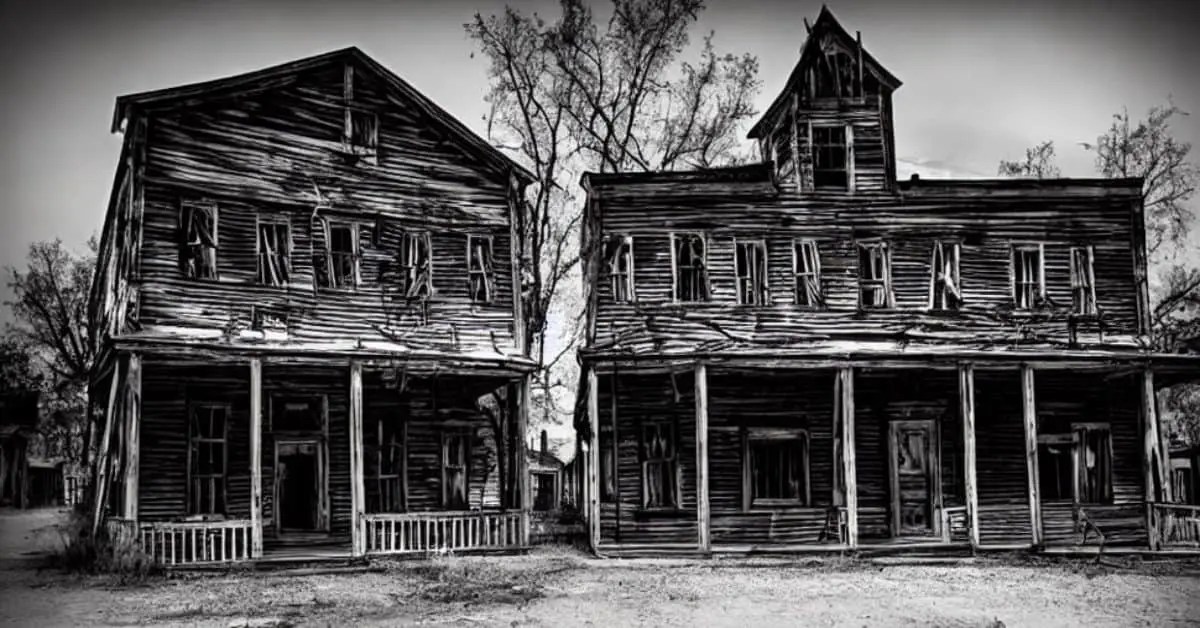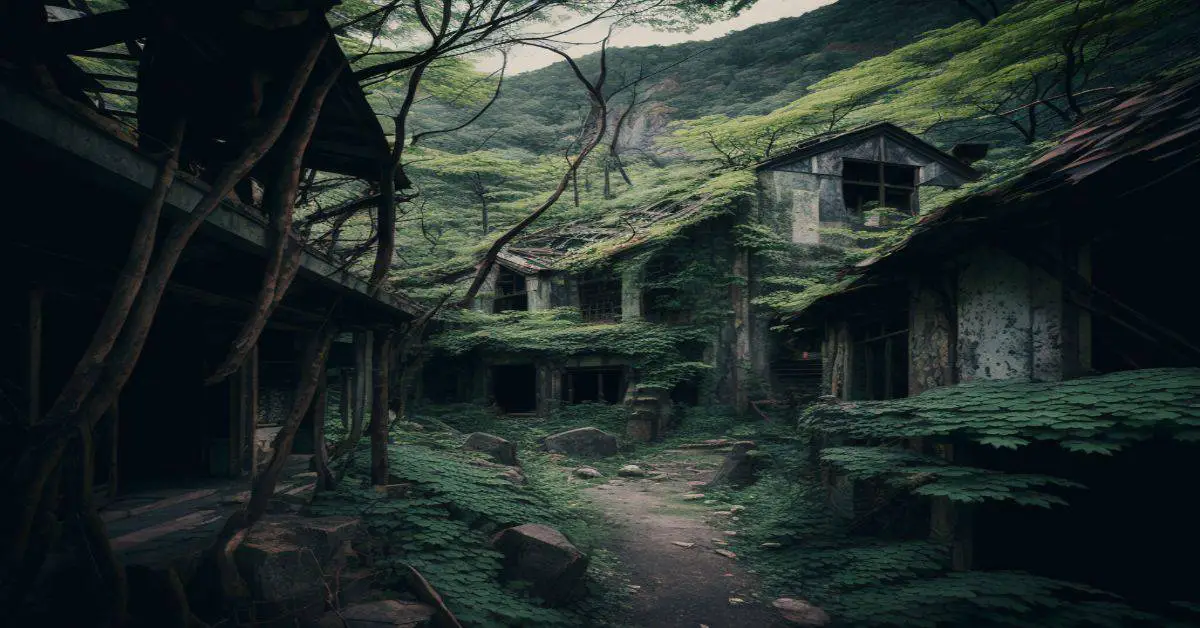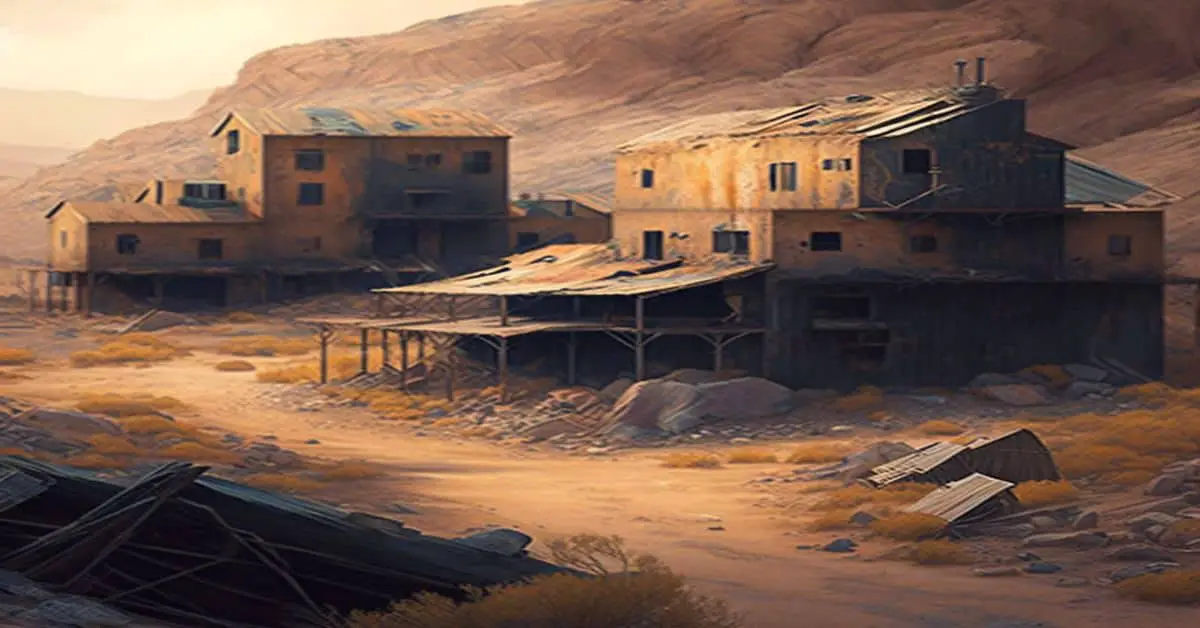Como, a small town near Fairplay, Colorado, was once a bustling railroad town that was vital in transporting goods and people from Breckenridge. Its secondary function of coal mining by Italian immigrants added to the town’s importance and saw a significant increase in population during its peak.
Despite its relevance, Como faced a tragic setback in 1909 when a massive fire destroyed many buildings, and the town was never fully rebuilt.
1937 the railroad was shut down, and Como became a ghost town. Como remains a testament to its fascinating history, with a few miners still residing in the area, while many of the original buildings still stand.
This article will explore the rise and fall of Como from its railroad heyday to its current status as a ghost town, highlighting the town’s history and function, population and establishments, and closure and remains. Through this article, readers will gain insight into the rich history of Como and its contribution to the development of railroads and coal mining in Colorado.
Key Takeaways
- Como was a small town in Colorado that played a vital role in transporting goods and people from Breckenridge, as well as coal mining by Italian immigrants.
- Despite its limited size, Como boasted a vibrant town center with numerous saloons, gambling houses, and two newspapers, and a significant portion of its population was made up of Italian miners.
- A tragic fire in 1909 destroyed many buildings, and the railroad’s closure in 1937 marked the end of Como as a functioning town, transforming it into a ghost town with remaining original buildings.
- Today, Como remains an important part of Colorado’s cultural heritage, with its well-preserved buildings and rich history attracting visitors interested in exploring ghost towns and experiencing a piece of Colorado’s past.
History and Function
The history and function of Como as a railroad town and coal mining center with numerous saloons and gambling houses, a population of around 500 people, and thousands of railroad visitors is well documented.
The town started to develop in the late 19th century when the Denver, South Park and Pacific Railroad established a line to Breckenridge, passing through Como. Early settlers were attracted by the prospect of employment opportunities and the possibility of starting new businesses.
Later, Italian immigrants arrived, and some worked in the little coal mining in the area. Como’s impact on the local economy was significant, as the railroad brought in thousands of visitors and commerce to the town. The saloons and gambling houses were thriving businesses that entertained locals and visitors.
However, the town faced a major setback in 1909 when a fire destroyed many un rebuilt buildings. The railroad’s closure in 1937 marked the end of Como as a functioning town, and it transformed into a ghost town with remaining original buildings.
Population and Establishments
Despite its limited size, Como boasted a vibrant town center with numerous saloons, gambling houses, and two newspapers, attracting a sizable population supplemented by the constant flow of railroad workers. The saloons and gambling houses were popular among both the locals and the travelers passing through, providing entertainment and socializing opportunities.
The newspapers, namely the Como Leader and the Como Crescent, served as the primary source of information for the town’s residents, and reported on a wide range of topics, from local news to national events.
In addition to the railroad workers, a significant portion of Como’s population was made up of Italian miners who worked in the nearby coal mines. These miners were responsible for little coal mining, but their presence added to the town’s diversity and cultural richness.
Despite the town’s reputation for its saloons and gambling houses, the Italian miners were known for their strong family values and close-knit communities. Their contributions to the town’s development and character can still be seen in the remaining buildings and artifacts from that era.
Closure and Remains
After the railroad was shut down in 1937, Como was abandoned, with only a few miners still living in the area. However, many of the original buildings still stand today, serving as a reminder of the town’s history and its former glory days.
These abandoned structures have become a popular spot for tourists interested in exploring ghost towns and experiencing a piece of Colorado’s rich history. Despite being abandoned for over eighty years, the remains of Como still have a significant tourism potential.
Many visitors are drawn to the town’s unique atmosphere, which offers a glimpse into Colorado’s past. Although the town is no longer a bustling hub for railroads and coal mining, it continues to attract those interested in exploring the remains of its past and the stories of those who lived there.
With its well-preserved buildings and rich history, the town of Como remains an important part of Colorado’s cultural heritage.
Frequently Asked Questions
What was the main reason for the fire that destroyed many buildings in Como in 1909?
The causes of the fire that destroyed many buildings in Como in 1909 are unclear. However, despite rebuilding efforts, many structures were not reconstructed. The event likely contributed to the eventual decline and closure of the town.
Who were the owners of the saloons and gambling houses in Como?
During its heyday, Como’s saloons and gambling houses were owned by various individuals and organizations. Despite its small population, the town’s historical significance in the gambling industry is evidenced by the number of existing establishments, attracting thousands of visitors.
How did the Italian coal miners in Como adapt to living in a new country?
Italian coal miners in Como faced adaptation challenges such as language barriers and cultural assimilation. They formed tight-knit communities and maintained their own traditions, while also integrating into American society through work and social interactions.
What happened to the original railroad tracks that ran through Como after the town was shut down?
After the shutdown of Como, the railroad tracks were repurposed for other uses, including hiking and biking trails. The tracks also presented development opportunities for nearby communities, creating new businesses and tourism activities.
Are there any plans to restore or preserve the remaining buildings in Como?
Restoration efforts in Como are ongoing to preserve the remaining historical buildings. The town’s significance as a former railroad and coal mining hub attracts visitors and preservationists’ interest.



